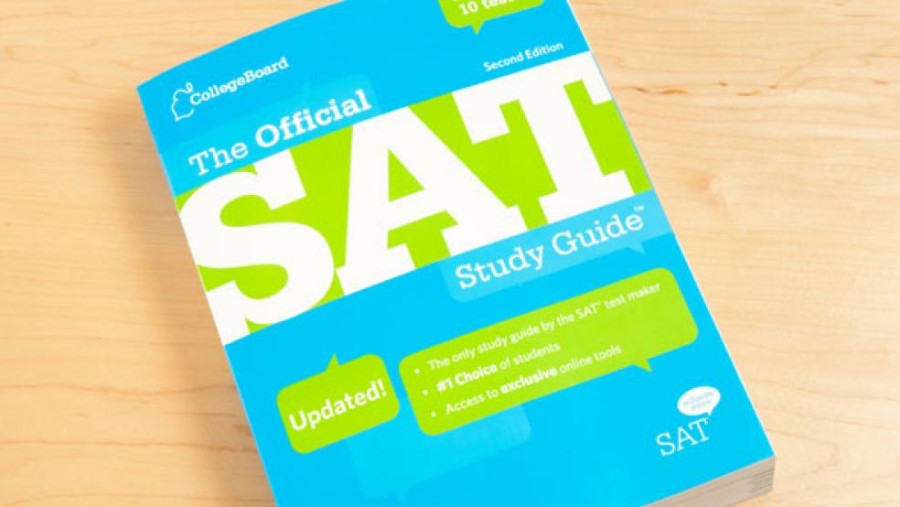The SATs: Redesigned
November 20, 2015
Flashcards engraved with elaborate vocabulary, hundreds of dollars spent on tutoring, hours spent scouring over practice tests; the SAT is notorious for the widespread anxiety it extends among a student body. As if high school students aren’t stressed enough about the SATs, the whole test has just recently been redesigned. This is perhaps the greatest change the test has ever gone through, hence creating much debate about whether or not the alterations made are positive or negative for students, and if this change is even necessary at all. Many might claim that the formatting change puts students at a disadvantage, but, upon closer inspection, this adjustment may not be such a bad thing after all.
According to the College Board, these modifications were spurred by a desire to create a test that more accurately measures a student’s potential to succeed in college and beyond. Whereas previous questions were more knowledge- and memorization-based, the SAT now requires students to exhibit their thinking and reasoning skills with the information that is provided for them. This means that, rather than committing hundreds of arbitrary words and facts to memory, students simply have to learn efficient ways to process and utilize data on the spot. Studying for the SATs can now provide for useful skills in life instead of just a one-time cram session to pass a test.
The changes made on the test seem do to fall in favor of the students. The old SAT had four parts: writing, math, critical reading, and a mandatory essay. The new one now only has three; combining writing and reading and issuing the essay as optional.This cuts down the original possible 2400 points to 1600. Fewer sections mean students can dedicate more of their energy and efforts into the questions present, and now, even if they are unsure of an answer, there is no penalty for guessing. Students may just be able to salvage a few extra points from this.
It is clear that the new SAT is necessary in order to better measure and help students reach success. Starting March 2016 the first test will be administered. Seniors and juniors have their last opportunity to take it with the old formatting in January 2016.













